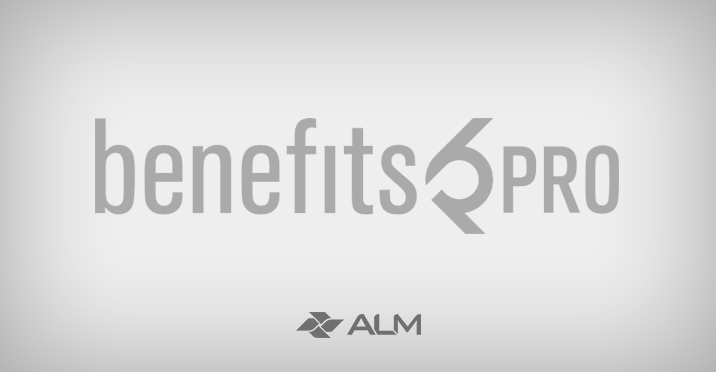Pandemic affected HSA use, often in unpredictable ways – BenefitsPro

(Photo: Shutterstock)
The pandemic has affected health savings account spending, according to a new report from Lively. The company analyzed data from 50,000 consumers who had an HSA account in 2020 and found the pandemic impact usage, often in unpredictable ways.
“Elective procedures and preventive care visits came to a halt between March and April. At the end of April, during the peak of the early pandemic, HSA spending became unpredictable. Many account holders reduced their spending, while others increased their spending.”
This is what Lively found:
COVID-19 affected health-care spending and costs in the spring of 2020. Early in the pandemic, COVID-19 halted spending for many preventive and elective procedures. As stay-at-home orders lifted throughout the summer months, spending picked up, although more slowly than normal. This affected HSA spending throughout the year, and doctor visits and services decreased in 2020. However, there were large spending increases for prescriptions and chiropractic care.
HSAs are being used as designed, for regular and expected yearly medical expenses. When expected medical, dental and vision expenses are combined, more than 71 percent of all HSA expenses are being used for expected yearly medical costs. Adding in prescription drug spending, that number jumps to 84 percent.
The cost (and share) of hospital care is increasing. Hospital care accounts for 31 percent of national health-care spending but only 13.6 percent of HSA spending. Doctor visits and services account for 49 percent of all HSA spending but only 20 percent of national health-care spending.
Prescription spending is dominated by national pharmacies, but “superstores” gained market share. In-store purchases, led by the larger national pharmacies, still dominate and capture the largest percentage of market share. However, the pandemic may have changed this consumer spending trend. Between 2019 and 2020, 63 percent more prescriptions were filled at “superstores” such as Walmart, Target, Costco and Sam’s Club, where people already were shopping.
HSA expenses mirror consumer trends. Out-of-pocket expenses account for 11 percent of all health-care spending nationally. This equates to 38 percent of all household spending. Combining this increase with health insurance market trends, HSA spending is expected to more accurately showcase consumer health spending trends.
“In 2020, regardless of the pandemic, Americans continued to use HSAs how they were initially intended — for standard, yearly medical expenses,” the report concluded.
“Health-care costs continue to rise, unemployment is high and health insurance premium volatility at its peak. HSAs will continue to be vital for American families to shelter themselves from rising out-of-pocket health-care costs. Increasing the annual HSA contribution limit would better prepare Americans for both regular health-care experiences and higher cost, but less frequent health-care emergencies.”
READ MORE:







